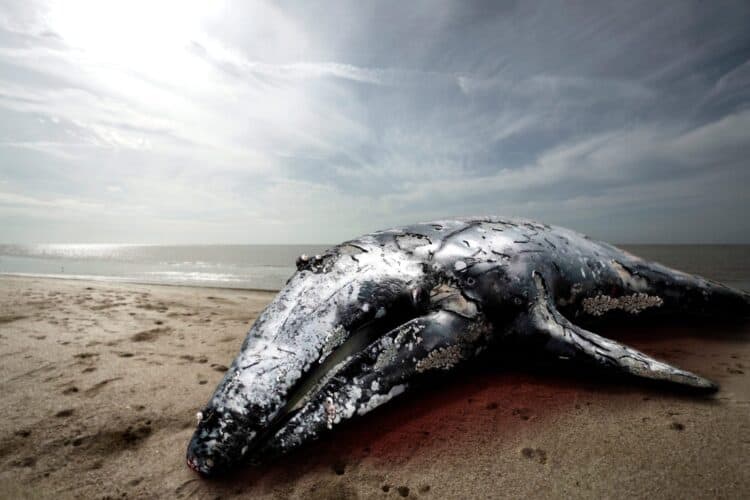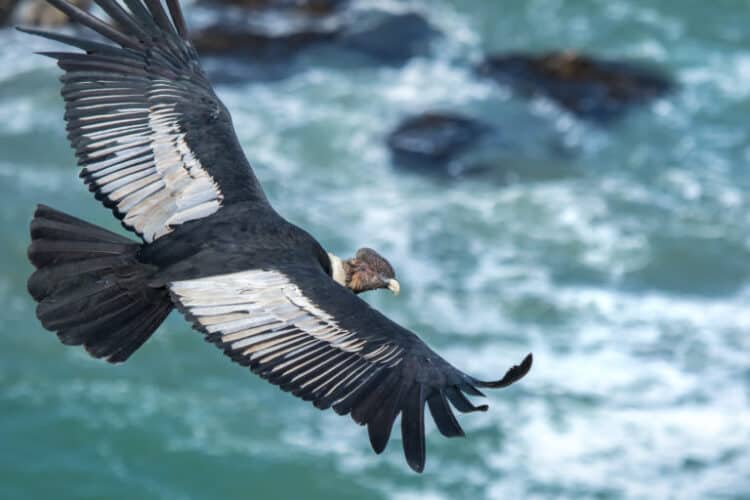The highly social and endangered Asian elephant (Elephas maximus indicus) lives in matriarch-led groups and, in addition to foods that can be found in the wild like grasses and the roots, bark and leaves of trees, enjoys foods cultivated by humans like rice and bananas, according to the World Wildlife Fund.
Unfortunately, remnants of these and other cultivated foods and their packaging can be found in garbage dumps near where the elephants’ forest habitat meets human communities, where hungry Asian elephants gobble up the food, plastic packaging, utensils and other garbage. The plastics and other human debris is then transported into the forests via the elephants’ dung.
Earlier this year, The Associated Press reported that the consumption of extensive amounts of plastic waste had killed about 20 elephants in Sri Lanka over the past eight years.
“Polythene, food wrappers, plastic, other non-digestibles and water were the only things we could see in the post mortems. The normal food that elephants eat and digest was not evident,” said wildlife veterinarian Nihal Pushpakumara, as The Associated Press reported.
In a new study published in the Journal for Nature Conservation, titled “Plastic ingestion in Asian elephants in the forested landscapes of Uttarakhand, India,” a team of scientists collected dung samples from inside and around forested areas in Uttarakhand, India, and found that the endangered Asian elephants there had been ingesting human garbage, including plastics.
Lead Image: An Asian elephant family at Jim Corbett National Park in Uttarakhand, India. Abhishek Mittal / iStock / Getty Images Plus.
What you can do
Support ‘Fighting for Wildlife’ by donating as little as $1 – It only takes a minute. Thank you.
Fighting for Wildlife supports approved wildlife conservation organizations, which spend at least 80 percent of the money they raise on actual fieldwork, rather than administration and fundraising. When making a donation you can designate for which type of initiative it should be used – wildlife, oceans, forests or climate.







Leave a Reply